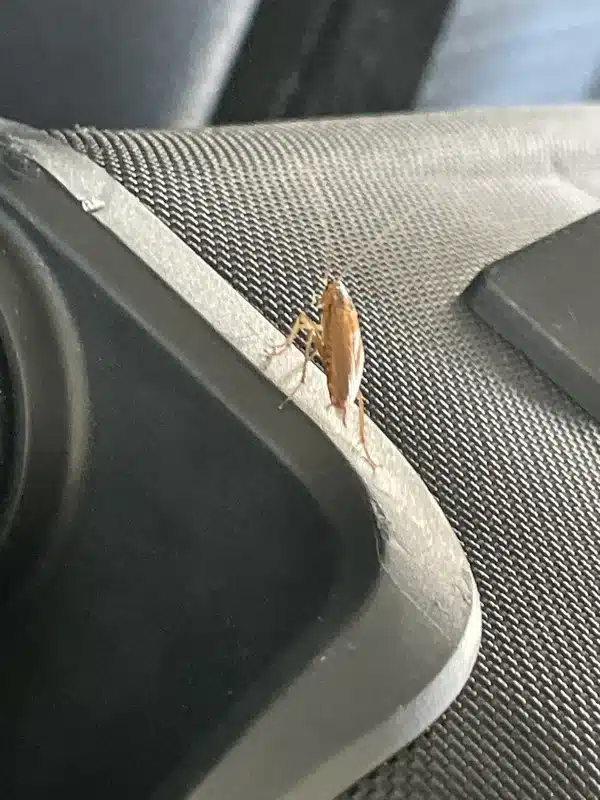One cockroach becomes a nightmare faster than most homeowners realize. In my four years as a registered technician, I’ve seen countless families shocked by how quickly their “minor” roach problem exploded into a major infestation. What starts as spotting one or two German roaches in a kitchen can turn into hundreds within just a few weeks if left untreated.
The math behind roach reproduction is truly eye-opening. A single female German cockroach can produce over 200 offspring in her lifetime, and those babies reach breeding age in about 100 days. When you factor in overlapping generations and ideal indoor conditions, the numbers become staggering quickly.
Speed Alert
German cockroaches can go from egg to reproductive adult in just 100 days. Three full generations can develop in a single year under optimal indoor conditions, creating exponential population growth that quickly spirals out of control.
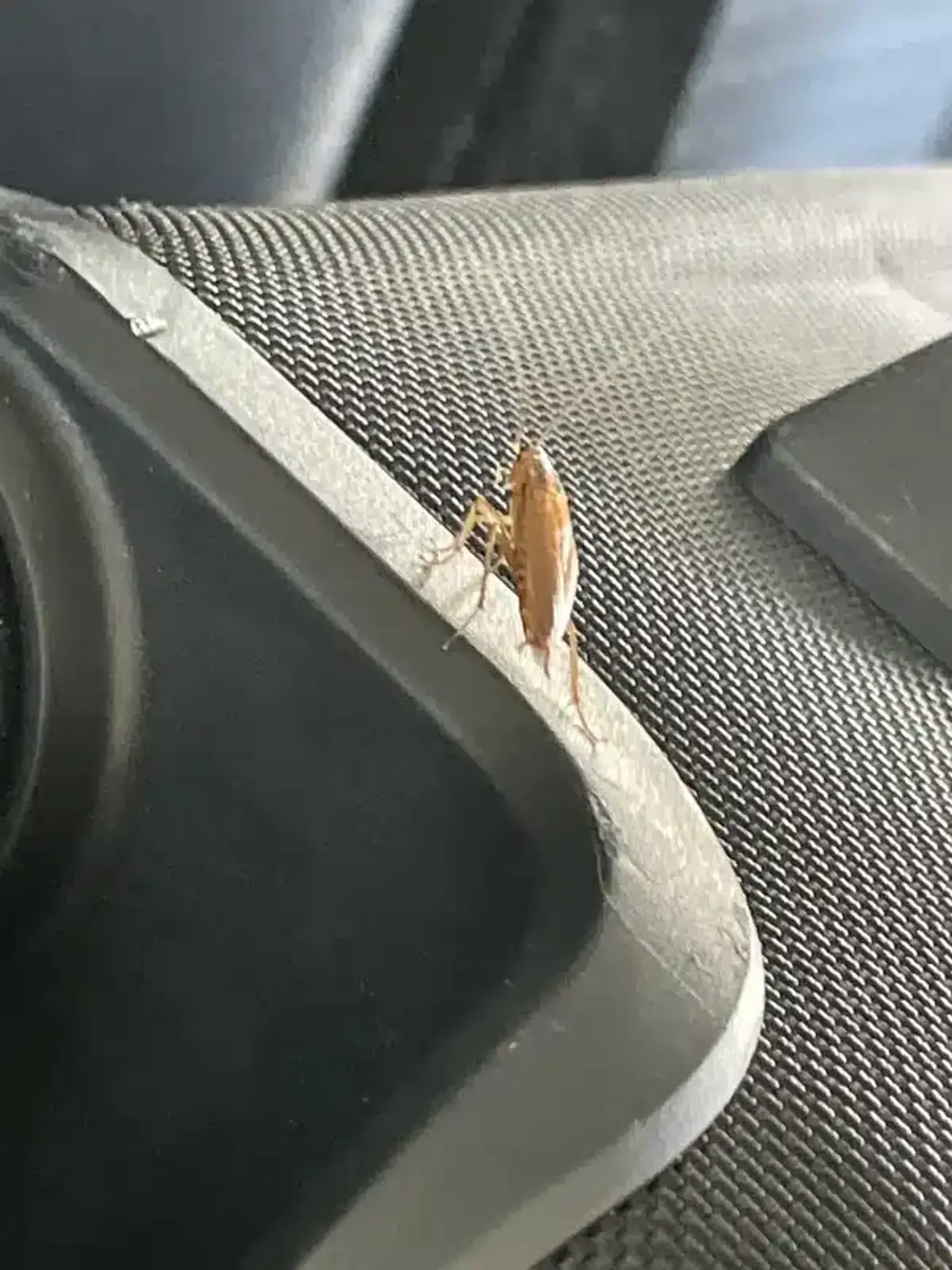
How Fast Cockroaches Reproduce: The Basics
How fast do roaches multiply depends entirely on the species you’re dealing with. All cockroaches go through three life stages: egg, nymph, and adult. Unlike many insects, they skip the pupal stage completely, which speeds up their development significantly.
Female roaches package their eggs in protective cases called oothecae. These protein shells resist desiccation and many pesticides, making them incredibly tough to eliminate once deposited. Most household species live entirely indoors in our Mid-Atlantic climate, allowing year-round breeding cycles.
The reproduction process starts when adult females mate and begin forming egg cases. They either carry these cases until just before hatching or glue them in hidden locations throughout your home. This protective strategy ensures high survival rates for the next generation.
German Cockroaches Multiply Fastest: Speed Champions of Pest Reproduction
German cockroaches absolutely dominate when it comes to rapid reproduction. These prolific breeders produce 5-8 oothecae during their lifetime, with each case containing 35-40 eggs.
The timeline is what makes German roaches so problematic. Females form a new ootheca every 20-25 days under typical indoor conditions. Each egg case hatches in about 28 days, releasing dozens of tiny nymphs that mature into reproductive adults in roughly 100 days.
What does the science say?
According to NC State Extension research, German cockroach reproductive biology shows remarkable efficiency. Scientific studies demonstrate that these insects can maintain year-round breeding cycles in heated indoor environments, with development rates directly correlated to temperature and humidity levels. Research confirms that optimal conditions (75-85°F with 70%+ humidity) can reduce generation time to as little as 90 days.
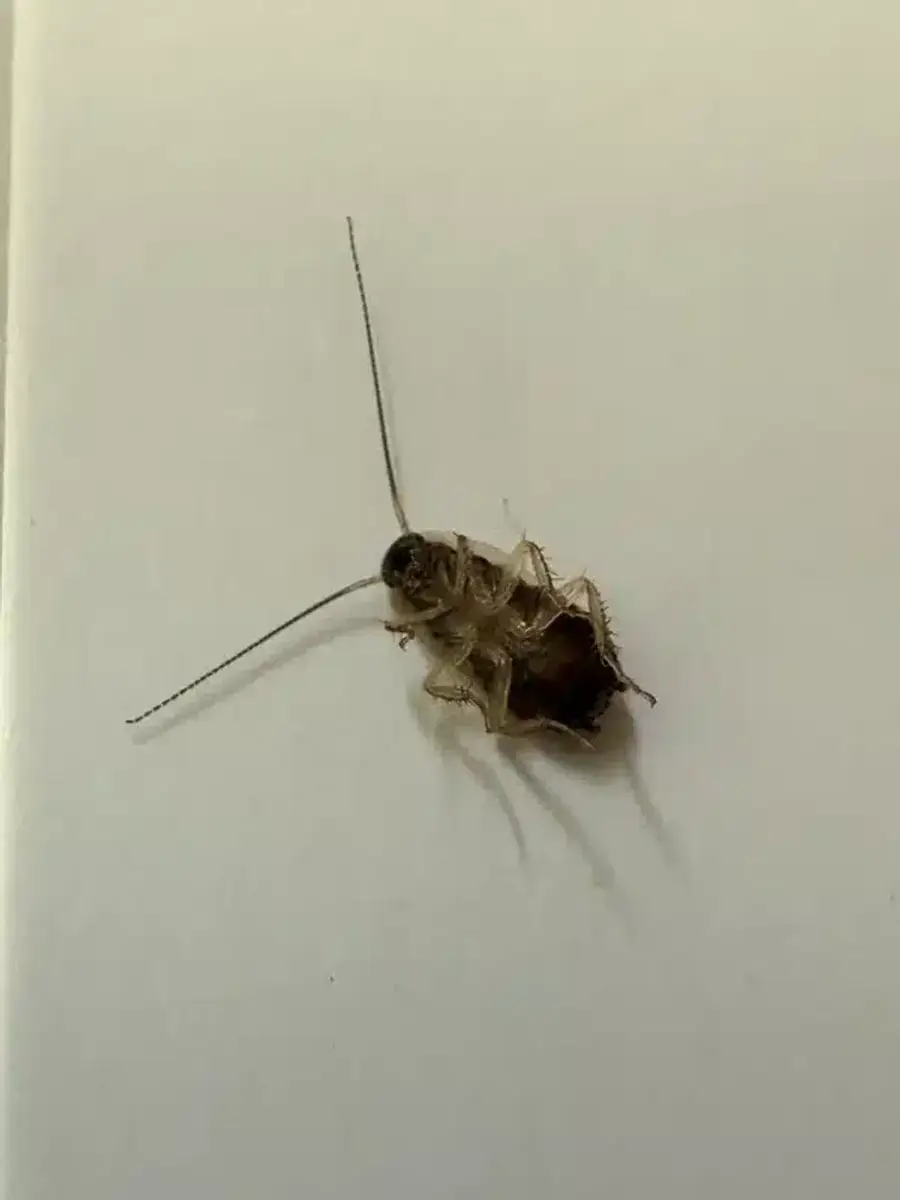
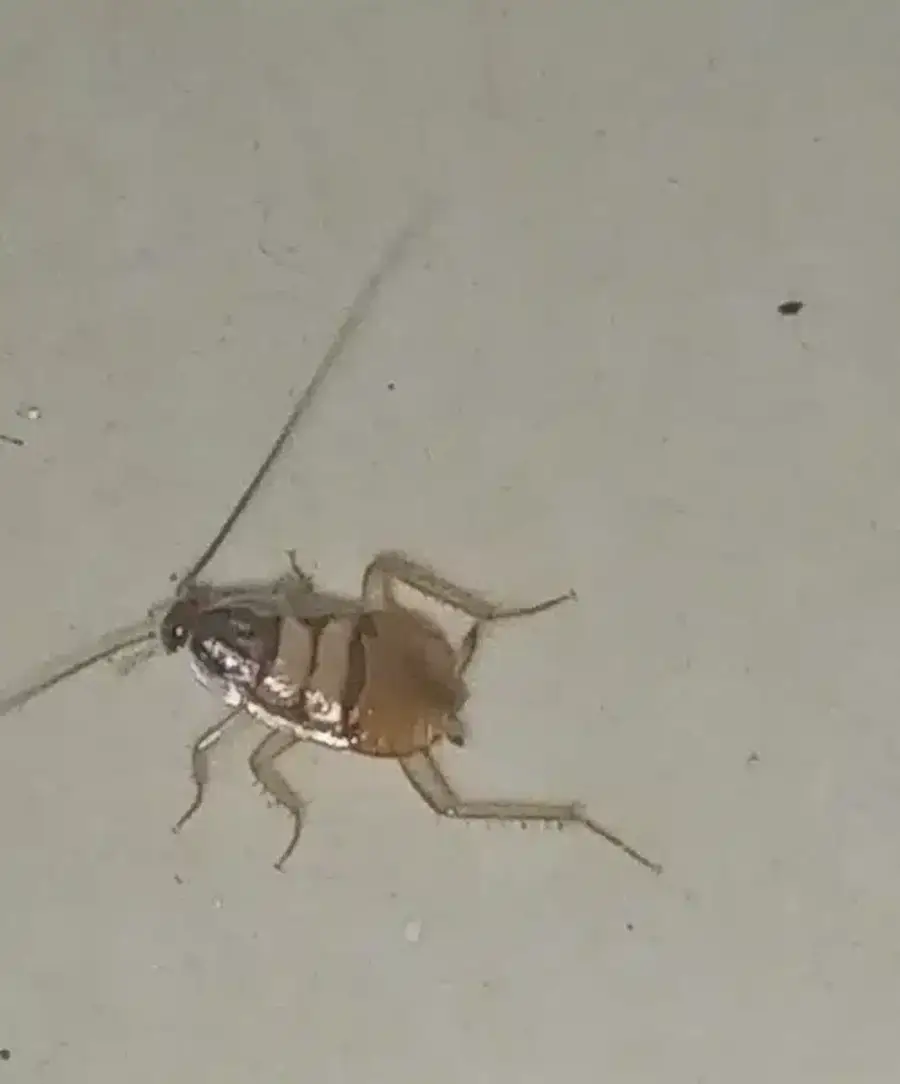
In the DC metro area, I frequently encounter German roach infestations in apartments and townhomes where heating keeps temperatures above 70°F year-round. These consistent conditions allow up to four generations per year, creating the perfect storm for exponential population growth.
How Fast Different Roach Species Reproduce: Comparing Multiplication Rates
While German roaches steal the spotlight for speed, other species in our area reproduce at concerning rates too. American roaches produce about 10 oothecae during their lifetime, but each contains only 14-16 eggs. Their development takes much longer - anywhere from 6-12 months depending on temperature.
Oriental roaches follow a similar pattern, producing around 8 oothecae with 16 eggs each. However, their nymphs take 10-12 months to reach maturity, significantly slowing their reproduction compared to German roaches.
Brown-banded cockroaches can actually out-produce German roaches in terms of egg cases, creating up to 13-14 oothecae per female. Each contains 14-18 eggs, and development takes 80-160 days depending on temperature. They prefer warmer, drier areas like attics and bedrooms.
| Species | Egg Cases/Lifetime | Eggs per Case | Development Time |
|---|---|---|---|
| German Cockroach | 5-8 | 35-40 | 100 days |
| American Cockroach | 10 | 14-16 | 6-12 months |
| Oriental Cockroach | 8 | 16 | 10-12 months |
| Brown-Banded Cockroach | 13-14 | 14-18 | 80-160 days |
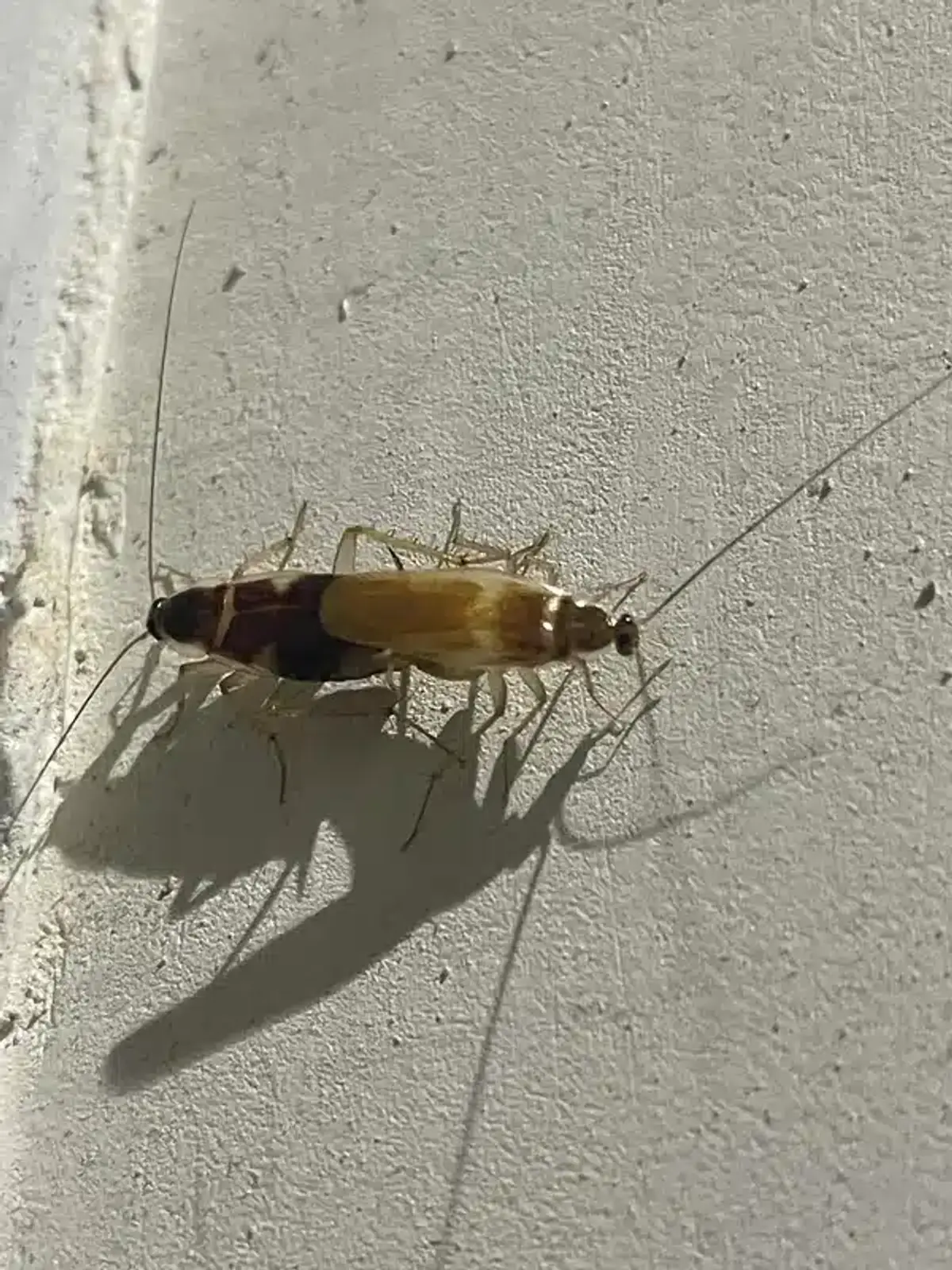
How Fast Do Cockroaches Multiply: The Scary Mathematics of Infestation
Let me break down exactly how fast do roaches multiply using real numbers. Starting with one fertilized German roach female in ideal conditions:
- Day 0: One pregnant female arrives
- Day 25: First ootheca deposited (40 eggs)
- Day 53: Eggs hatch (38 nymphs survive)
- Day 150: Nymphs mature (19 females ready to breed)
- Day 175: Each female starts producing oothecae
Those 19 females will each produce 5 oothecae over the next 90 days. That equals 19 x 5 x 40 = 3,800 new eggs. Even with 5% mortality, you’re looking at over 3,600 additional roaches by month six.
Population Explosion Timeline
- Month 1: 1 pregnant female deposits first egg case
- Month 2: 38 nymphs hatch and begin developing
- Month 4: 19 females reach maturity and start breeding
- Month 6: Over 3,600 new roaches from second generation
- Month 8: Multiple overlapping generations create exponential growth
But here’s where it gets truly scary - this calculation doesn’t include overlapping generations. While generation two is maturing, generation one continues breeding.
What does the science say?
Rutgers research demonstrates that under optimal conditions, German roach populations can exceed 30,000 individuals within six months. Laboratory studies show that temperature, humidity, and food availability directly correlate with reproductive success rates. The research confirms that overlapping generations are the primary driver of exponential population growth in indoor environments.
Environmental Factors That Speed Up Roach Reproduction
Several environmental conditions directly impact how fast do roaches multiply in your home. Temperature plays the biggest role, with development rates accelerating dramatically as temperatures approach 80°F.
Humidity and water availability significantly affect reproduction success. Low humidity elevates water loss and suppresses mating behavior, while abundant moisture sources support faster development and higher survival rates.
Food quality matters tremendously for egg production. High-protein diets enable females to form oothecae more quickly, while poor nutrition stretches the time between egg cases. This is why kitchens with food debris see the fastest population explosions.
Social aggregation actually speeds up reproduction too. When roaches crowd together in ideal harborage sites, contact cues accelerate hormone production and shorten the time to sexual maturity in young females.
Why Seeing One Cockroach Means Many More Are Multiplying
The phrase “one roach means many more” isn’t just pest control marketing - it’s biological reality. In over 50 years of serving the DMV area, our family business has learned that visible roaches represent only a fraction of the actual population.
Cockroaches are incredibly secretive creatures. They spend 95% of their time hidden in cracks, voids, and other protected areas. When you spot one during daylight hours, it usually indicates overcrowding has forced them into the open.

Additionally, eggs protected inside oothecae resist many contact insecticides. Even if you eliminate visible adults, dozens of babies may hatch weeks later to restart the cycle. This is why identifying baby roaches early is so critical for effective control.
Breaking the Cockroach Reproduction Cycle: Pest Control Strategies
Successfully controlling how fast roaches multiply requires interrupting their life cycle at multiple stages. The goal is reducing both adult survival and juvenile development to push the population below sustainable levels.
Professional treatment focuses on eliminating adults before they can produce more oothecae while targeting newly hatched nymphs before they reach maturity. Growth regulators disrupt development, while non-repellent baits transfer toxins throughout the population via social feeding.
Sanitation plays a crucial role by limiting the high-protein foods females need for egg production. Moisture control extends development times and reduces survival rates. Exclusion work eliminates harborage sites that accelerate maturation.
Our integrated approach combines these strategies because research shows that reducing adult survival by 90% and juvenile survival by 80% effectively crashes reproduction rates below replacement levels.
What does the science say?
According to Penn State Extension research, effective cockroach control requires targeting multiple life stages simultaneously. Scientific studies demonstrate that reducing adult survival by 90% and juvenile survival by 80% creates a population crash below replacement levels. This multi-pronged approach addresses the biological reality that cockroaches have evolved multiple survival strategies, making single-method treatments largely ineffective against established populations.
How Delayed Action Increases Cockroach Infestation Costs
Every week you wait to address a roach problem exponentially increases the treatment complexity and cost. A single female spotted today could represent hundreds of roaches within two months if she’s already deposited her first ootheca.
I’ve seen homeowners try DIY solutions for weeks while populations exploded behind the scenes. Pyrethroid sprays from hardware stores often repel roaches without killing them, actually accelerating their spread throughout the home as they seek new harborage areas.
Early intervention breaks reproduction cycles before they gain momentum. Waiting allows multiple generations to establish, creating overlapping breeding cycles that take months to eliminate completely. What could have been resolved with 2-3 treatments may require 6+ visits once populations reach critical mass.
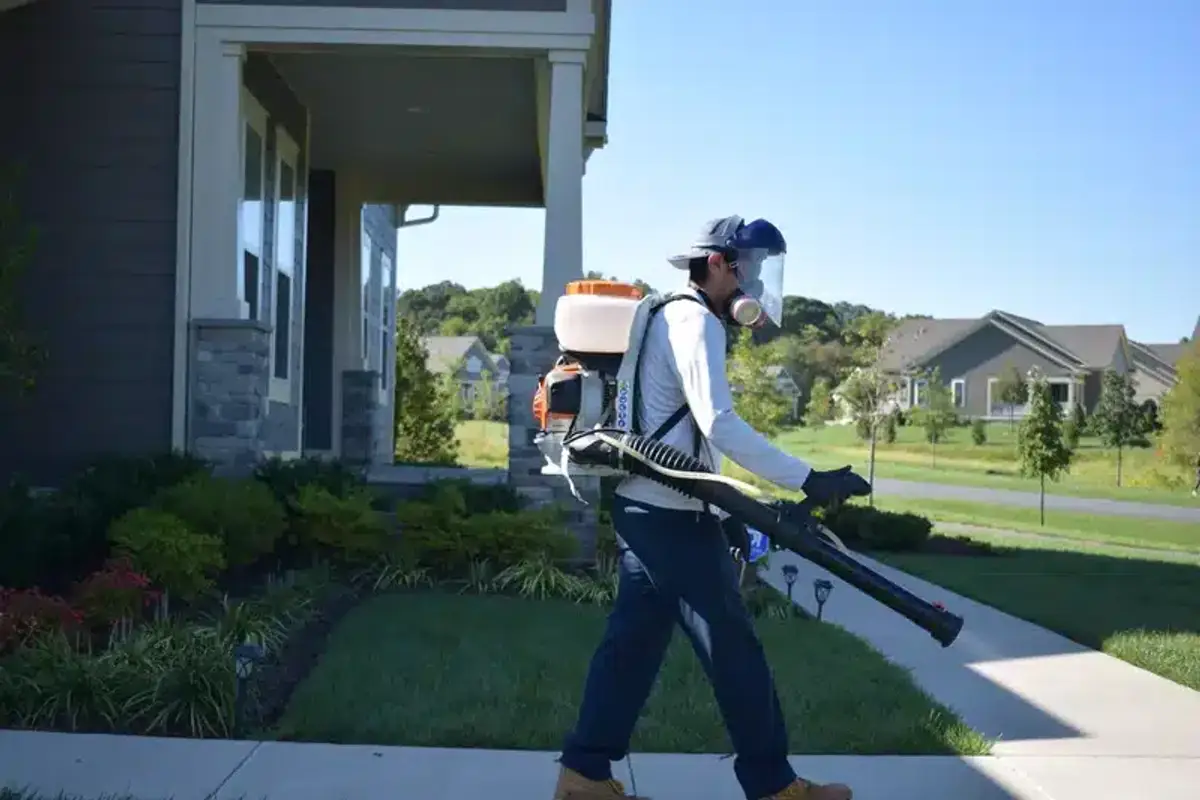
Species-Specific Cockroach Reproduction: Different Pest Control Strategies
Understanding how fast do roaches multiply by species helps predict and prevent infestations. German roaches excel in heated indoor environments, making them year-round problems in apartments and homes throughout Virginia, Maryland, and DC.
American and Oriental roaches typically originate outdoors from sewers and damp areas, invading seasonally. Our colder winters slow their development to roughly one generation per year, making them more manageable than German roaches but still concerning due to their size and disease transmission potential.
Brown-banded roaches prefer warmer, drier locations like electronics and upper cabinets. They’re harder to detect initially but can establish surprising populations in bedrooms and living areas where other species struggle to survive.
Each species requires targeted approaches because their reproduction patterns, preferred harborage sites, and environmental needs differ significantly. Generic treatments often fail because they don’t account for these biological differences.
How DMV Climate Affects Roach Reproduction Rates
Our Mid-Atlantic climate creates ideal conditions for cockroach reproduction most of the year. High humidity during summer months accelerates development, while heated indoor environments maintain breeding activity through winter.
Urban density in areas like DC, Baltimore, and Alexandria provides countless harborage opportunities and food sources. Older buildings with complex void systems offer perfect breeding environments where populations can explode undetected.
Suburban expansion has introduced roach problems to previously unaffected areas as construction disturbs established populations and creates new pathways into homes. University of Maryland research confirms that heating systems allow German roaches to maintain year-round breeding in our region.
What does the science say?
University of Maryland research has extensively studied cockroach survival in Mid-Atlantic climates. Their findings show that while outdoor temperatures limit reproduction in winter months for most species, indoor heating systems create microenvironments that support year-round German cockroach breeding. The research demonstrates that homes maintained above 70°F can sustain continuous reproductive cycles regardless of external weather conditions.
Why Professional Cockroach Treatment Must Stop Reproduction Fast
Immediate professional intervention is essential because how fast do roaches multiply quickly outpaces DIY control efforts. Our registered technicians understand the reproduction cycles and can time treatments to target vulnerable life stages.
We schedule follow-up visits within 14 days of initial treatment, then again at 30-45 days to coincide with hatching cycles and first molts. This timing ensures no individuals survive to reach reproductive maturity and restart the population explosion.
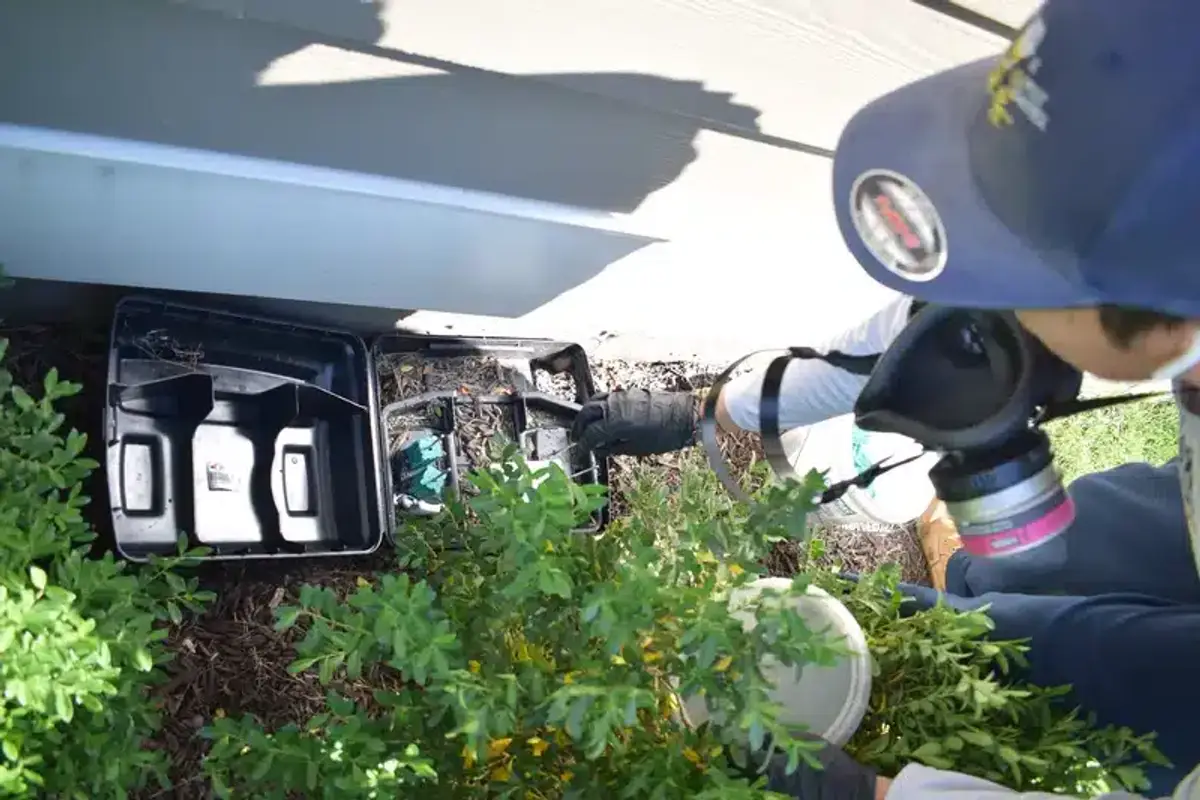
Our approach uses products like Essentria and Alpine that have passed through our internal research team. These materials target reproduction at the biological level while minimizing impact on your family and pets. We’ve eliminated 9 of the industry’s harshest chemicals to provide effective control you can feel comfortable with.
The mathematics of roach reproduction make early action absolutely critical. What seems like a minor problem today becomes a major infestation within weeks without proper intervention. Understanding how fast do roaches multiply helps explain why immediate professional treatment is always the most cost-effective approach.
If you’re seeing roaches in your home, don’t wait for the population to explode. Our registered technicians can assess your situation and implement targeted treatments to break the reproduction cycle before it gains momentum. Call us at 703-683-2000 or email info@bettertermite.com for a detailed consultation and treatment plan that addresses your specific roach species and situation.
Frequently Asked Questions
How many babies can one roach have?
+
A single German roach female can produce 200-300 offspring during her lifetime through 5-8 egg cases containing 35-40 eggs each. Other species like American roaches produce fewer babies per case but still create substantial populations over time.
How long does it take for roaches to multiply?
+
German roaches multiply fastest, with eggs hatching in 28 days and nymphs reaching breeding age in about 100 days. This means you can see significant population increases within 3-4 months of the initial infestation starting.
Can roaches multiply without mating?
+
No, cockroaches cannot reproduce without mating. However, fertilized females can store sperm and continue producing egg cases for weeks or months after a single mating event, which contributes to rapid population growth.
What time of year do roaches multiply most?
+
Indoor roach species like German roaches multiply year-round in heated homes, with peak activity during warmer months when development accelerates. Outdoor species reproduce primarily in spring and summer when temperatures stay consistently warm.
How can I tell if roaches are multiplying in my home?
+
Signs of roach reproduction include finding small nymphs, discovering egg cases in cabinets or cracks, noticing increasing numbers of adults, and detecting the musty odor that develops with larger populations. [Learning to identify roach odors](/what-do-cockroaches-smell-like/) can help detect growing infestations early.
Will killing adult roaches stop reproduction?
+
Killing visible adults helps but doesn't stop reproduction completely because egg cases may already be hidden throughout your home. Professional treatment targets all life stages including eggs and nymphs to truly break the reproduction cycle.
How fast can a small roach problem become a major infestation?
+
A small German roach problem can explode into thousands of roaches within 4-6 months under ideal conditions. The exponential growth pattern means populations can increase by 10-50 times their original size in just a few breeding cycles.
Do different roach species multiply at different rates?
+
Yes, reproduction rates vary significantly between species. German roaches multiply fastest with 4+ generations per year, while American and Oriental roaches typically produce one generation annually. Understanding these differences helps determine appropriate treatment timing and intensity.
With five years of hands-on experience in the pest control industry, George Schulz is a registered technician with the Virginia Pest Management Association and a proud third-generation professional in a family business that's been protecting homes for over 57 years. He manages and trains a team of service pros while also leading internal research efforts—recently spearheading a deep-dive review of thousands of documents on pest control materials to hand-pick the most kid and pet friendly, most effective solutions tailored specifically for homes in the DC metro area.
